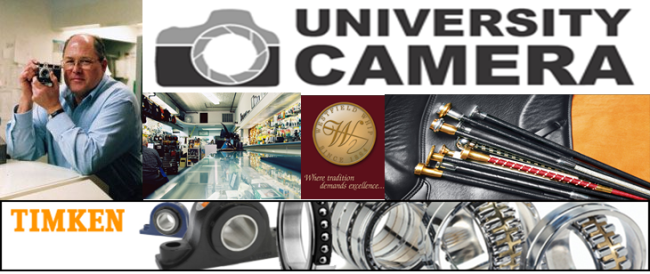 A popular story providing some solace to victims of disruptive innovations is the buggy whip metaphor. The argument is that although the horse-drawn carriage industry was diminished by the innovative internal combustion engine, a niche market for buggy whips could profitably survive because there will always be a need for them. In fact, the Westfield Whip Manufacturing Company in Massachusetts, founded in 1884, is still making whips, albeit for equestrian dressage and jumping.[1] Is this buggy whip example a useful metaphor for other disrupted industries?
A popular story providing some solace to victims of disruptive innovations is the buggy whip metaphor. The argument is that although the horse-drawn carriage industry was diminished by the innovative internal combustion engine, a niche market for buggy whips could profitably survive because there will always be a need for them. In fact, the Westfield Whip Manufacturing Company in Massachusetts, founded in 1884, is still making whips, albeit for equestrian dressage and jumping.[1] Is this buggy whip example a useful metaphor for other disrupted industries?
My friend, Roger Christian, President of University Camera, operates an independent camera store in Iowa City, Iowa. He is one of the analog survivors of disruptive digital imaging technology. The independent operators find it difficult to compete at the scale of a Snapfish, the internet purveyor of printed images. Roger just wrote me about how the store his family shops at, part of a regional chain of supermarkets, is replacing its photo lab with a store-within-a store national chain of coffee shops. Coffee consumption is more valuable to the supermarket than the declining consumer interest in printing photos. The denouement of photo processing labs in stand-alone locations as well as in local drug stores, supermarkets, and discount store is part of a national trend. It is a challenge for even the big brick and mortar retail chains to compete successfully with the internet photo processors, particularly in the face of a declining consumer market.
Can high transaction cost brick and mortar retailers compete with the low transaction cost competitors on the internet? One alternative to competing on costs is to break down the value chain into its parts and specialize in one or only a few parts where the low cost disadvantage is not present. For example, the Timken Company, manufacturer of roller bearings and other moveable machine parts in the 1890s went from providing bearings to carriages, to automobiles[2] and today is a $6 billion market cap company with a 20+ PE ratio. These roller bearings are metaphoric buggy whips. Another alternative is to compete in product-market segments where internet companies cannot tread. E.g., in the photo industry, niche portrait services, wedding, sports photography and other special events photography are relatively secure. Providing retro cameras (called “Holga”) or offering slide processing (called Ektachrome) to small niche markets are survival techniques. These examples are “buggy whips.” The buggy whip metaphor is alive and but only surviving. A successful solution like Westfield Whip Manufacturing or Timken may not be obvious in the photo industry. I don’t think a Starbucks in Roger’s camera store is the answer either.
[1]Stross, Randall (2010), “Failing Like a Buggy Whip Maker? Better Check Your Simile,” NY Times, January 9, http://www.nytimes.com/2010/01/10/business/10digi.html?_r=0
[2] Ibid.
0 Responses to “Can the Buggy Whips Metaphor Withstand the Disruption of Technology?”